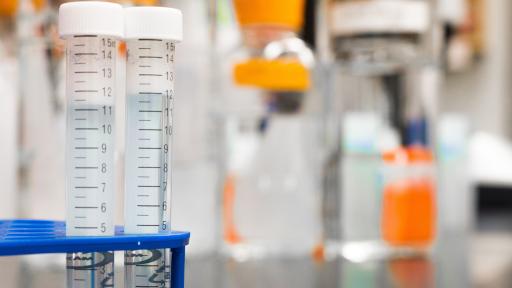The development of new drugs for MS is a long and difficult process. Fewer than one or two compounds in 10,000 tested actually make it through to being licensed treatments. Many are rejected along the way if they turn out to be unsafe or not effective.
Browse the tables below to learn more about the drugs being developed for multiple sclerosis around the world. Some drugs are being investigated for more than one kind of MS. You can click into each drug entry to find out about the trial and any results reported.
On average it will take 10-15 years for a new compound to get from the test-tube into the medicine cabinet.
Not all the treatments listed in these tables will receive a license or be approved for use in the NHS.

Phase I:
The first step in testing a new drug is to determine the safety of single doses in a small number of healthy volunteers.
Phase II:
If the treatment proves to be safe, studies begin to determine the effectiveness of the drug in people with the condition to be treated.
Phase III:
If a drug shows effectiveness, a larger study is conducted in hundreds of people.
Licensing:
Data from all of these three phases is presented to the regulatory authorities.
NHS appraisal:
Once a new medicine has been licensed, drugs may need to be appraised by NICE for England and Wales and SMC for Scotland.


